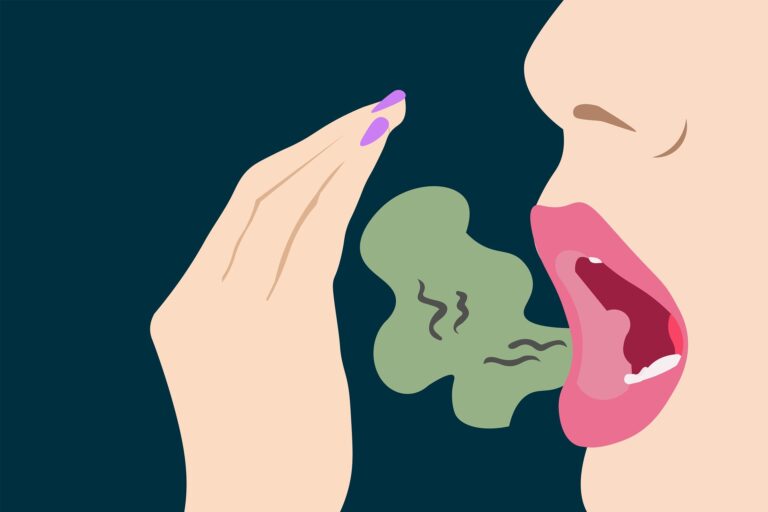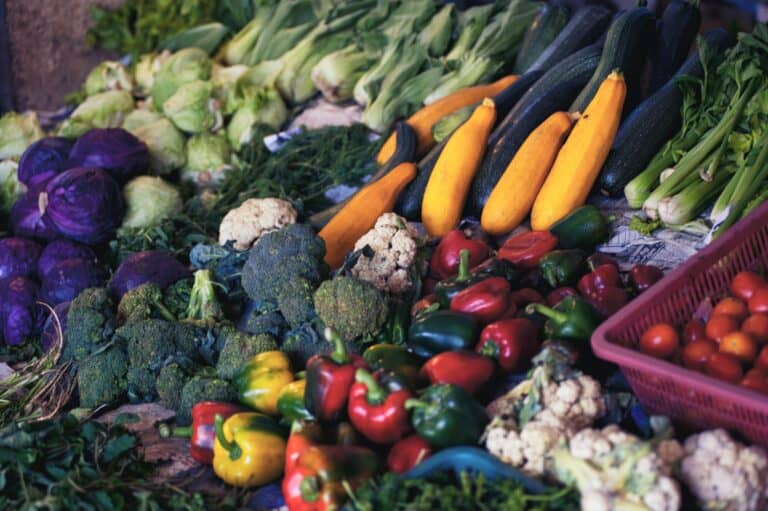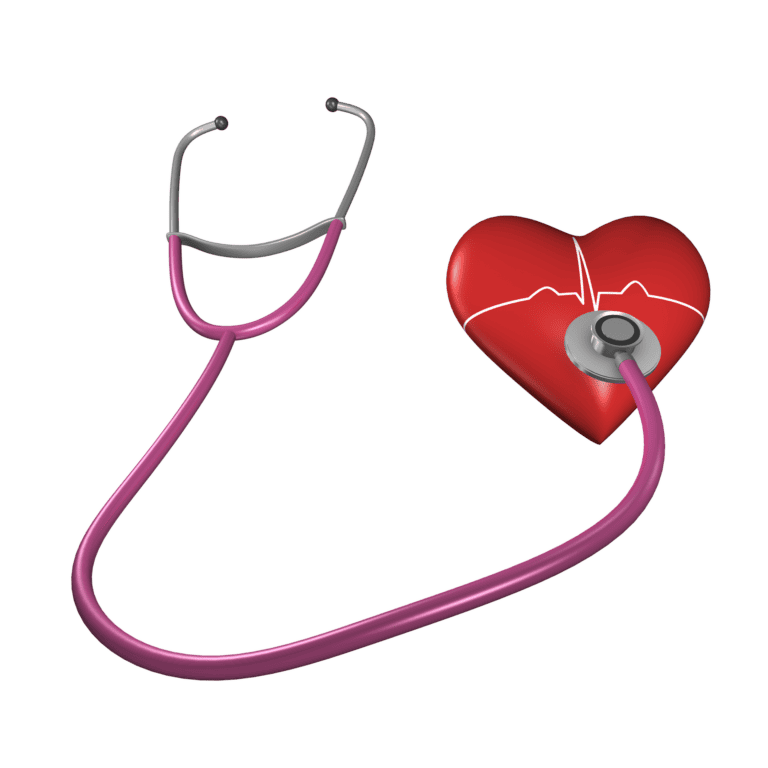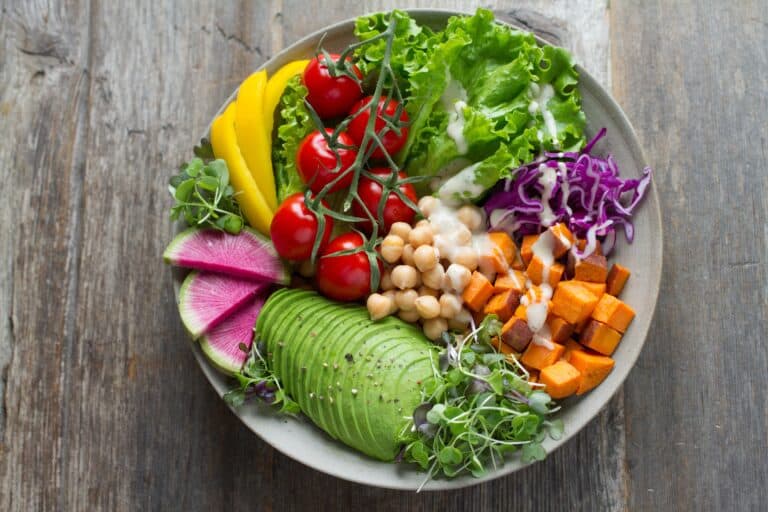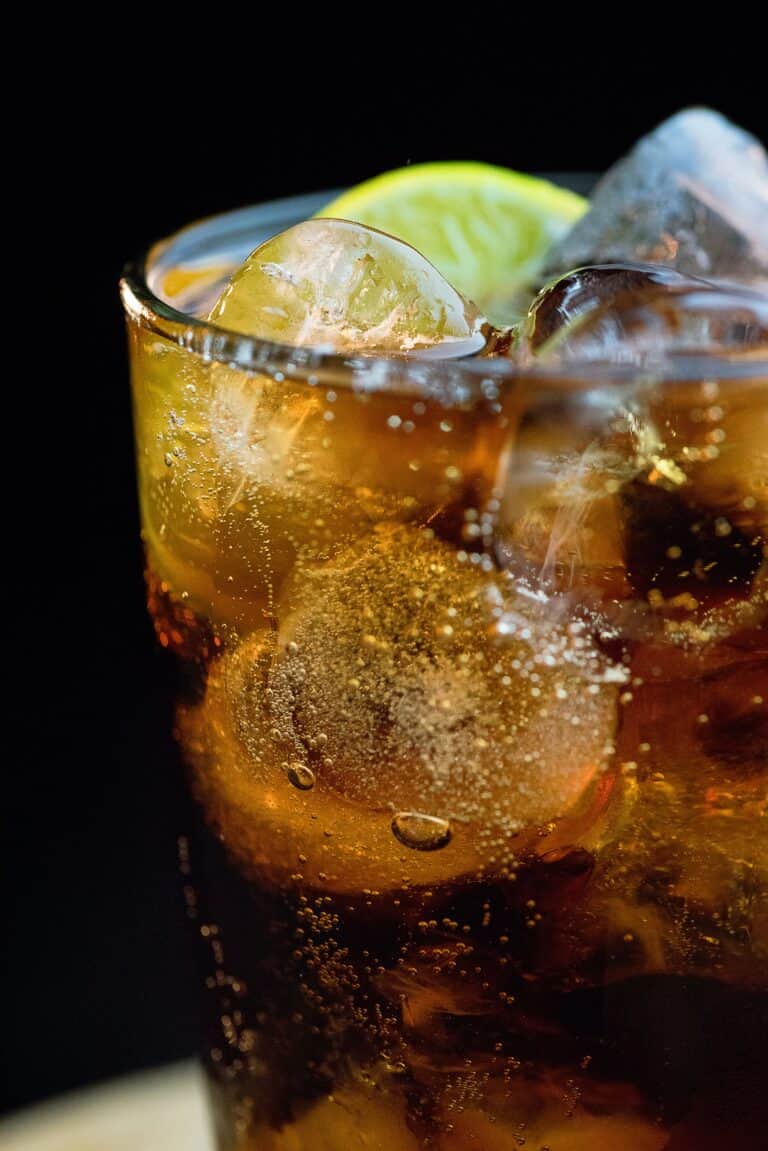Do you have bad breath? Have you done everything you can to try and remedy it to no avail? It could be your diet that’s producing the foul odor.
What Foods are Bad for Your Breath?
There are several foods that can contribute to bad breath. They include:
Garlic and Onions: Garlic and onions are major bad breath culprits as they contain odorous sulfur compounds that linger in your mouth and are absorbed by the bloodstream. However, they should not be a source of ongoing bad breath unless you eat them on a regular basis.
Coffee and Alcohol: Coffee and alcohol are more likely to contribute to bad breath because people drink them habitually. They create an environment that is conducive to bacterial growth. They also reduce saliva drying out the mouth and inviting bacteria to linger.
Other Foods: Other foods such as dairy, orange juice and soda, and heavy meat diets can also contribute to bad breath. Basically, any food and drink allowed to linger in your mouth can get your breath smelling foul. Good oral hygiene that includes flossing, rinsing and tongue brushing should reduce halitosis.
How to Adjust Your Diet to Promote Better Breath
Good oral hygiene will keep your breath smelling it’s best. You can further promote good breath by consuming the following items.
Water: Drinking water helps flush bits of food from your mouth that bacteria thrive on. It promotes saliva production which dissolves food and drink remnants that contribute to bad breath.
Sugarless Gum: Chewing gum promotes the production of saliva and loosens food and dead cells in the mouth. Sugar free gum sweetened with xylitol is particularly effective because xylitol inhibits bacterial growth.
Fruits and Vegetables: Fruits, vegetables, and other food that’s rich in vitamin C produce an environment in the mouth that discourages bacterial growth. Crunchy produce is recommended as its abrasive properties loosen trapped food particles.
Yogurt: Yogurt is a recommended bad breath fighter as its probiotic properties make it effective in reducing the presence of sulfide compounds that cause bad breath. Yogurt with probiotic strains such as streptococci and lactobacilli will work best. For an added punch, eat yogurt fortified with vitamin D which helps reduce mouth bacteria.
Herbs and Spices: Herbs and spices have long been used to fight bad breath. Parsley contains chlorophyll which is known to have a deodorizing effect that could carry over to the mouth. Other herbs used to reduce bad breath include cloves, anise, and fennel seeds. There is little scientific proof that herbs treat bad breath, but there is no harm in trying.
Note: If you have bad breath and changes in your diet and upping your oral hygiene game isn’t working, you may want to talk to your doctor about other possible causes.
Bad breath is not pleasant for you or those around you. The right oral hygiene and diet combination should eliminate bad breath, so you feel more confident in social situations. What steps do you take to keep your breath smelling it best?

